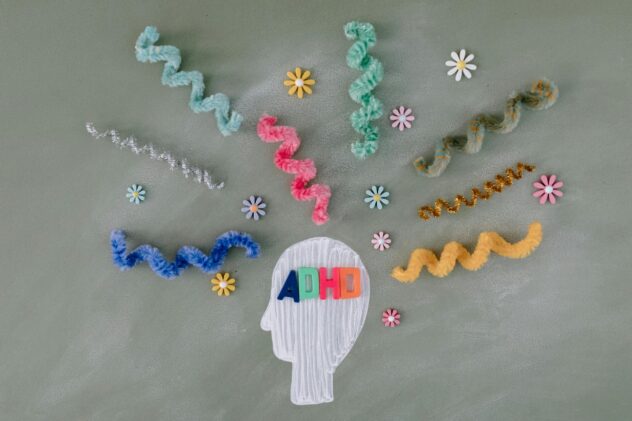Harnessing the Power of AI for Neurodiversity
In a world that thrives on innovation and inclusion, harnessing the power of AI for neurodiversity is a game-changer. Neurodiversity celebrates the natural variations in human brains, embracing conditions like autism, ADHD, dyslexia, and others as differences rather than deficits. AI is quickly becoming an invaluable ally, providing tailored tools and solutions to help neurodiverse individuals shine in both educational and workplace settings.
What is Neurodiversity?
Let’s break it down. Neurodiverse individuals bring unique strengths to the table—think unparalleled creativity, laser-sharp focus, or outside-the-box problem-solving. But challenges like social interactions, communication hurdles, or time management struggles can sometimes overshadow these strengths in traditional environments.
Enter AI: a toolbox filled with innovative solutions designed to meet these challenges head-on while amplifying neurodiverse strengths.
Unlock peak brain performance with science-backed biohacks. Join free now & get your guide for just £4.99 (45% off)!

How AI is Empowering Neurodiverse Individuals
1. Personalised Learning at Its Best
AI-driven educational platforms are ditching the one-size-fits-all approach. These tools adapt to individual learning styles and paces, offering customisable content, interactive activities, and real-time feedback. Whether it’s an ADHD learner thriving on gamified lessons or a dyslexic student benefiting from visual aids, AI ensures no one gets left behind.
2. Assistive Technologies for Everyday Wins
From speech-to-text apps to predictive text tools, AI is breaking down communication barriers. For someone with dyslexia or dyspraxia, these assistive technologies can mean the difference between frustration and confidence. Expressing ideas becomes less of a hurdle and more of a celebration of individuality.
3. Sensory-Friendly Environments
Harnessing the power of AI for neurodiversity can transform environments for individuals with sensory sensitivities. AI-powered technology creates personalised havens by adjusting lighting, sound, and temperature to suit individual preferences. Whether at home, school, or work, these sensory-friendly solutions reduce overwhelm and significantly improve comfort.
4. Supporting Mental Health and Wellbeing
Neurodiverse individuals often face higher rates of anxiety and depression, but AI is stepping up to provide much-needed support. Think chatbots offering a friendly ear, mood trackers identifying patterns, or AI-driven therapy platforms delivering on-demand resources—all designed to make mental health care more accessible and stigma-free.
5. AI in the Workplace: More Than Just Tools
From task management apps with reminders and prioritisation features to virtual meeting tools with live transcription, AI is revolutionising the workplace for neurodiverse employees. These solutions help people with ADHD stay on top of tasks or ensure everyone feels heard during collaborative discussions.
Ethical Considerations: Designing AI with Empathy
Here’s the thing: AI isn’t magic—it’s created by humans, for humans. Developers need to collaborate with neurodiverse individuals to ensure these tools genuinely meet their needs. Avoiding biases, safeguarding data privacy, and fostering inclusivity are critical for building trust and effectiveness.
The Road Ahead
The potential for harnessing the power of AI for neurodiversity is limitless. When organisations, educators, and developers collaborate, they can unlock opportunities that empower neurodiverse individuals to thrive. It is not only about inclusion but also about celebrating the incredible value of diverse ways of thinking and being.
Ready to be part of the change?
Join Our Community!
Dive deeper into the world of neurodiversity and connect with like-minded individuals. Our community offers insights, resources, and a safe space to share your journey. Don’t just read about it—live it with us!







